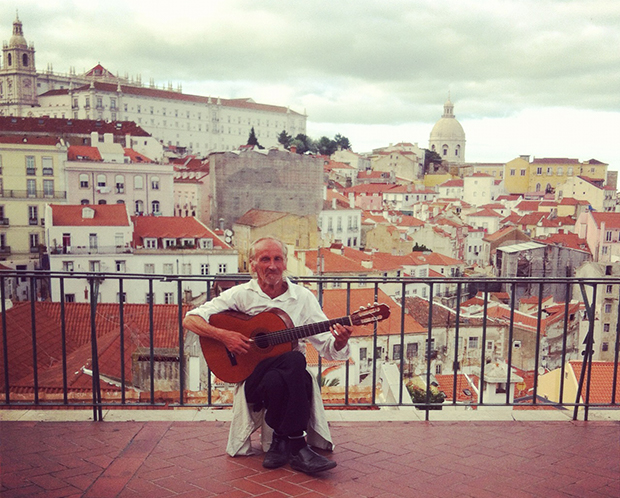
The words “European vacation” and “affordable” can seldom be used together in a sentence without “boring” or “not” preceding each one respectively. Luckily, Lisbon is one of those rare European cities where you can indulge in delicious food, royal palaces, cobblestone streets and age-old architecture without emptying your wallet.
Here’s how to tackle the very best of Lisbon in a couple of days.
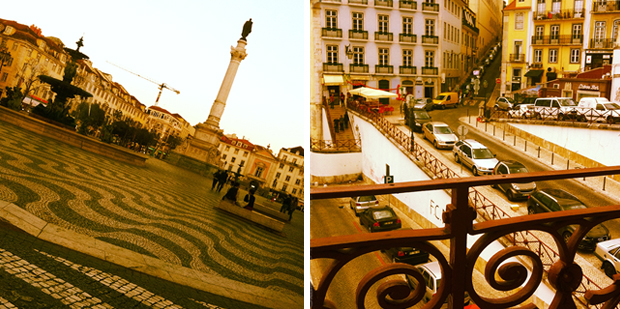
Morning: The Baixa
Start your visit with a self-guided walking tour of Lisbon’s Baixa neighbourhood, a beautiful example of 18th century town planning. Walking along the Rua Augusta, a pedestrian friendly promenade that runs straight through the city centre, you can take in Lisbon’s endless line-up of beautiful city squares, public sculptures, intricate facades and wrought iron details of buildings, and beautiful tiled mosaics on the paved streets. Be sure to explore all the little side streets that shoot off from the Rua Augusta, they are full of tiny gems like shops and cafes. Your walk down the main boulevard ends when you walk through a giant monumental arch, entering the Praca do Comercio – a beautiful waterfront public square, which is the site of many festivals and events. On Sundays, local artists and crafters pack the square making it the perfect place to pick-up some hand made pottery, crafts, jewellery, and other souvenirs.

Lunch
Grab a patio table at one of the churrasqueiras on the largo de Sao Domingos near the Praca Dom Pedro IV square and indulge in some extra hot grilled chicken cooked Portuguese style.
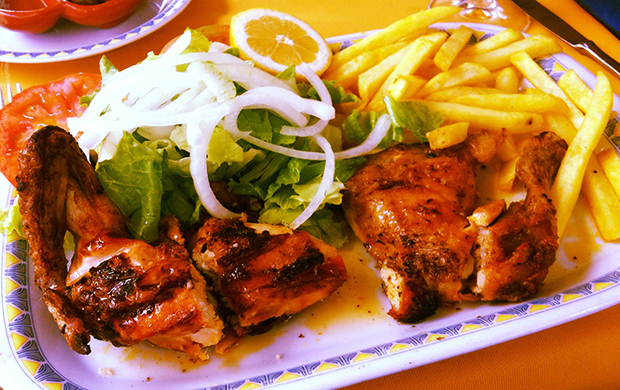
Afternoon: Alfama
Alfama is Lisbon’s most culture-rich neighbourhood. This medieval quarter is full of historic buildings, ancient homes and neat little shops lining a labyrinth of old, zigzagging streets and narrow alleys that date back to the Moorish era. Start by taking the streetcar up to the Se Catedral. Once the site of the city’s greatest mosque, the Se is now a handsome Portuguese Romanesque fortress-like cathedral built by Portugal’s first king.
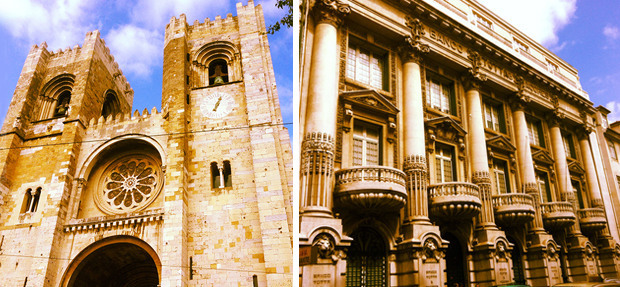
Once you’re done exploring the church’s gothic cloisters and stocky belltowers, hop back on the streetcar for a ride through the heart of Alfama’s residential district. You’ll bounce around in your seat as the rickety ol’ streetcar makes its way through some of the most bumpy and narrow streets (some are so tight that pedestrians have to press themselves up against the walls to let the streetcar pass!) in Alfama. Hop off at the Castelo de Sao Jorge and spend the rest of the afternoon exploring this grand hilltop 6th century castle.
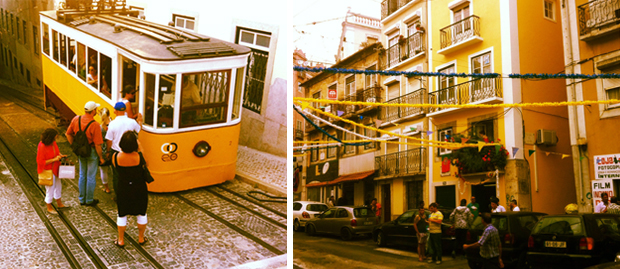
Dinner and stay
Have a taste of modern dining in Lisbon at Restaurant BLU. Then, at the end of the day, rest your head at the centrally located Hotel Marques de Pombal. The newly renovated rooms feature giant photomurals that set a rustic ambience in every room. Amenities are fully loaded, breakfast is grand and it all comes at a very reasonable rate.
Morning: Palacio de Queluz
A quick 25-minute train ride from Lisbon will bring you to Queluz, where you can find the lovely pink-hued Palacio de Queluz. Often compared to France’s Palace of Versailles, the Palacio de Queluz is Portugal’s finest example of the highly ornate Rococco style architecture. Spend your morning admiring grand ballrooms adorned with crystal chandeliers and gilded statues, elegant bedrooms filled with fine European furniture and porcelain, and the statue and fountain filled royal gardens.
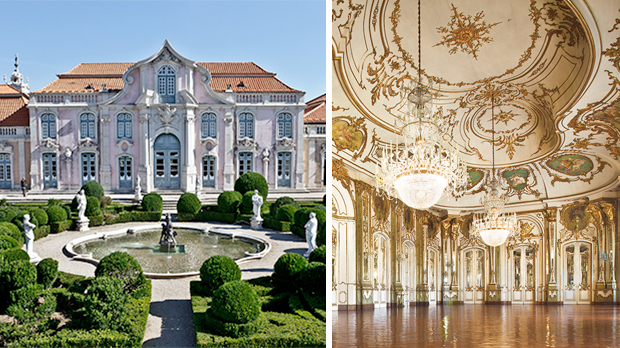
Lunch
What was once a fast and affordable food option for hard working Portuguese gets a modern twist at Can the Can, a cute little restaurant in the Praca do Comercio. Come here to enjoy gourmet dishes based on traditional Portuguese canned ingredients like fish, olives and more. Enjoy your meal while listening to a live Fado show. Check the restaurant’s website for a schedule of performers.
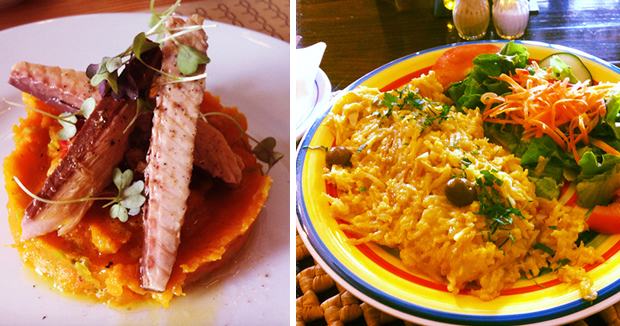
Afternoon: Belem
Hop on a streetcar from the Praca do Comercio and within 15 minutes you’ll arrive in Belem. This area is home to several fantastic monuments and buildings, the most noteworthy of them all being the Mosteiro dos Jeronimos. Built in the early 16th century, the monastery has been created in an architectural style that is unique to Portugal. The Manueline style takes influence from highly flamboyant late Gothic characteristics – ribbed vaulting, dramatic vertical lines, and highly ornate facades – and combines it with unique Portuguese elements like seafaring imagery and extravagant carvings of ropes, flora, and crosses sprinkled throughout the interior. Admission to the monastery is free on Sunday afternoons. Sundays are also the day when you can find a fantastic market in the garden square located between the monastery and the waterfront.
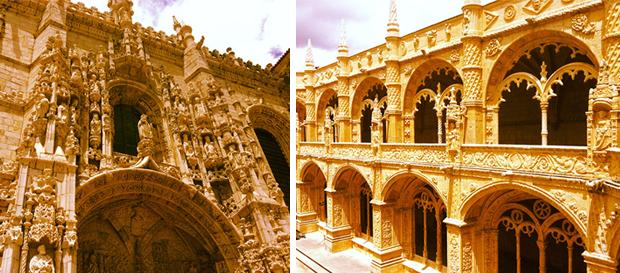
Staying an extra few days?
By now you’ve likely fallen in love with Portugal and you can’t bear the thought of leaving just yet. Luckily there’s tons more to see. Spending a day or two in Sintra is definitely worth everyone’s time. The hilltop town was the summer retreat of Portuguese royalty who came here to enjoy the cooler climate. What they left behind is a generous sprinkling of spectacular royal palaces waiting to be explored.
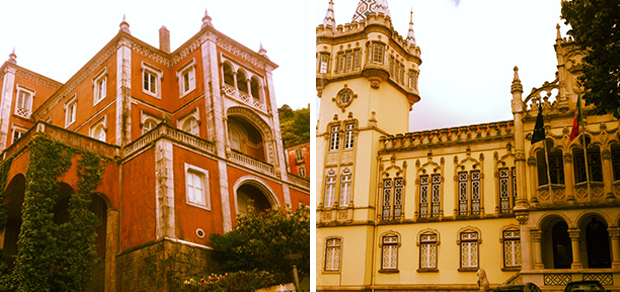
The old town in Sintra is a great pace to enjoy a fantastic meal and some Portuguese egg tart pastries. You can literally spend hours making your way through the winding streets and popping in and out of the cute little shops.
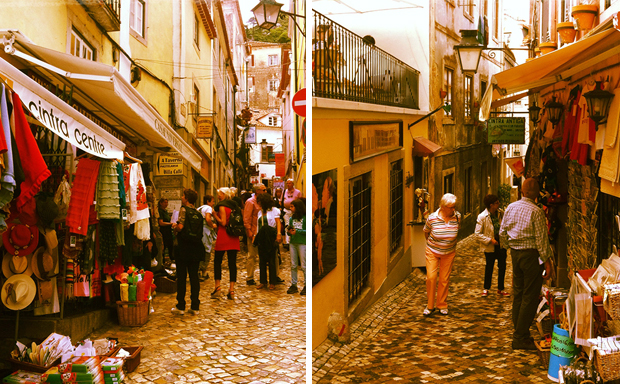
Spending a couple of days in Porto is also highly recommended. Portugal’s second largest city is a bit like the pot of gold at the end of a rainbow. Although the city is tucked away in the north, a walk through its historic streets quickly reveals that there’s nothing subtle or boring about this place. Porto is a city packed full of bold architecture, a thriving art scene, stylish shopping options and unforgettable views.
Leave a Reply